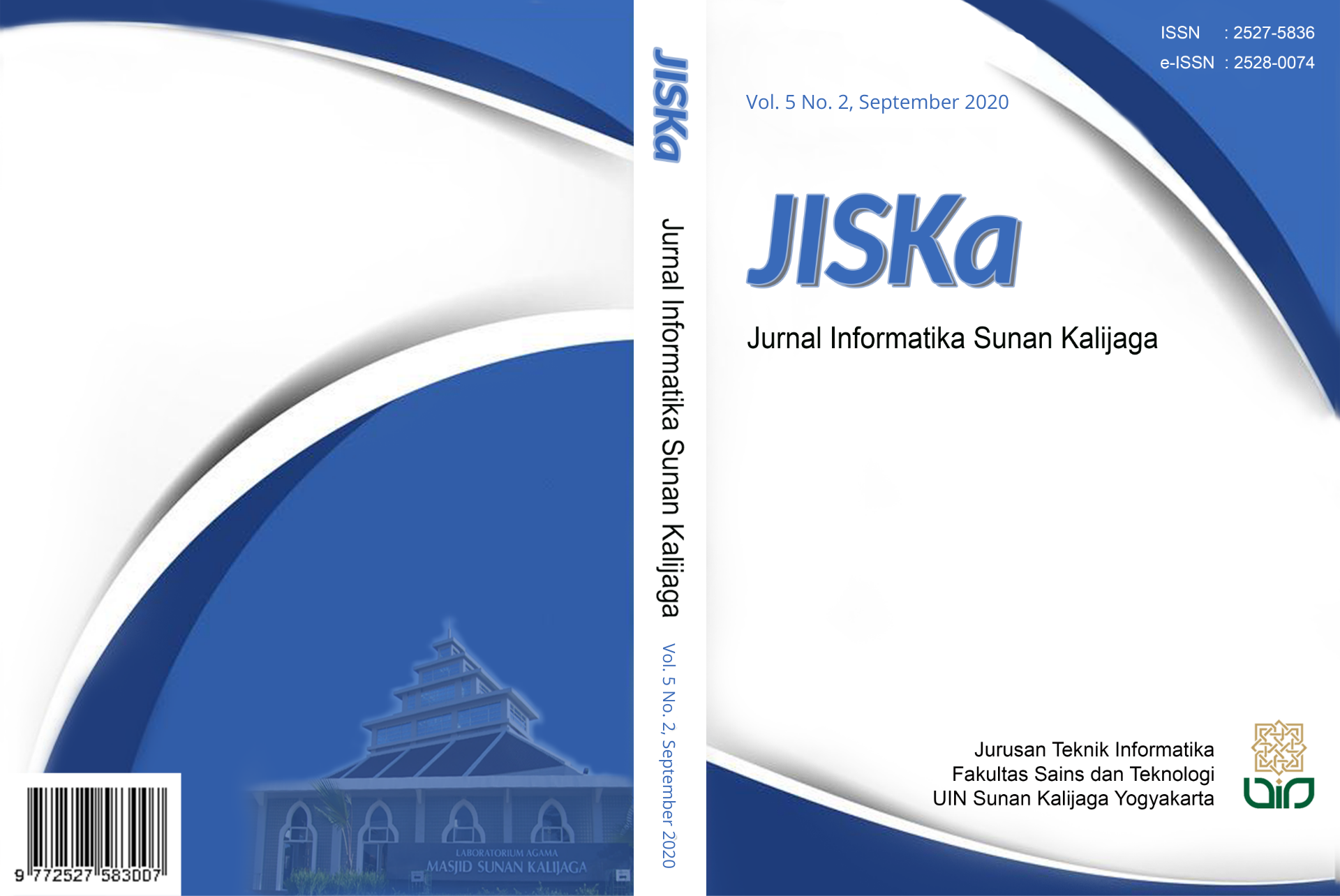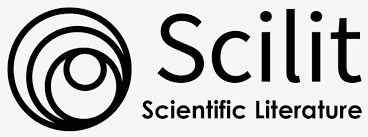Pengembangan Sistem Informasi Industri Jasa Menjahit Online Berbasis Web Menggunakan Metode Waterfall
DOI:
https://doi.org/10.14421/jiska.2020.52-06Abstract
Information systems are currently increasing very rapidly, but it is unfortunate if the utilization is not yet optimal. Reviewing the data from literature studies and observations that have been made, many people need sewing services. The drastic increase in demand makes competition in the convection industry. Most of the work systems in the convection industry are done manually and are not economical. Product development also lacks creativity. Therefore, this researcher will use IT as marketing and design work, this can make processing time shorter and more optimal. Thus, customers will be facilitated in ordering ready-made clothes or clothes that match the customer's wishes by using a web application that only sends data on the size of the clothes or clothing model that the customer wants. This web-based application system can make it easier for customers to transact with the owner and transactions do not have to meet face to face. In addition, clothing sales and large-scale orders can be neatly organized and financial reports can be well structured and organized clearly. The results of this research will be in the form of research reports and web-based online sewing service information systems using the waterfall method.
References
Dewi, I. A., H, A. N., & P, S. D. A. (2017). Algoritma A * Dalam Peletakan Pola Pakaian Pada Kain. 9(4), 443–453.
Dra.Asnidar, M. S. (2009). studi tentang pekerja anak pada industri konveksi di kecamatan medan denai kota medan. 01(1), 1–12.
Hery, A., Irianti, S., & Hernawati, A. (2013). Tingkat kesulitan pembuatan gaun pas badan. 36(2), 205–216.
Himawan, H., Saefullah, A., & Santoso, S. (2015). Analisa dan Perancangan Sistem Informasi Penjualan Online (E-Commerce) pada CV Selaras Batik Menggunakan Analisis Deskriptif. Scientific Journal of Informatics. https://doi.org/10.15294/sji.v1i1.3641
Izzati, T., & W, D. A. (2018). Analysis of subjective fatigue rate based on the attitude of workers in convection industry. August 2017, 291–299. https://doi.org/10.20473/ijosh.v7i3.2018.291
Khumaidi, A. (2018). Perancangan Aplikasi Marketplace Order Baju Pintar Menggunakan Web Responsif Untuk Memudahkan Customer Mendesain Sesuai Selera. Ikhraith-Informatika.
Novianti, N., & Setiawan, R. (2016). Pengembangan Sistem Informasi Jasa Menjahit Berbasis Web pada Ganesha Tailor Garut. Jurnal Algoritma Sekolah Tinggi Teknologi Garut, 13(1), 246–253.
Rizal, M. A., & Misriati, T. (2018). Perancangan Sistem Informasi Penjualan Pakaian Berbasis Web Pada Toko Uj Outlet. Jurnal Sisfokom (Sistem Informasi Dan Komputer). https://doi.org/10.32736/sisfokom.v7i1.281
Supriyanto, A., & Santosa, A. B. (n.d.). Pengembangan usaha berbahan kain limbah dan velboa di kota semarang. 1–10.
Suryawati Ristiani. (2013). Eksplorasi Pewarnaan Teknik Smock Kombinasi Jumputan untuk Produk Fashion. Jurnal Dinamilka Kerajinan Dan Batik, Vol.31, No, 63.
Wahana Komputer dan Andi. 2009. ShortCourse: PHP Programming. Semarang: Wahana Komputer; Yogyakarta: Andi.
Wahana Komputer. 2014. Sistem Informasi Penjualan Online untuk Tugas Akhir PHP & MySQL. Yogyakarta:
"Definition of Application Landscape". Software Engineering for Business Information Systems (sebis). Jan 21, 2009. Diakses tanggal January 14, 2011.
Downloads
Published
How to Cite
Issue
Section
License
Authors who publish with this journal agree to the following terms as stated in http://creativecommons.org/licenses/by-nc/4.0
a. Authors retain copyright and grant the journal right of first publication with the work simultaneously licensed under a Creative Commons Attribution License that allows others to share the work with an acknowledgement of the work's authorship and initial publication in this journal.
b. Authors are able to enter into separate, additional contractual arrangements for the non-exclusive distribution of the journal's published version of the work (e.g., post it to an institutional repository or publish it in a book), with an acknowledgement of its initial publication in this journal.
c. Authors are permitted and encouraged to post their work online (e.g., in institutional repositories or on their website) prior to and during the submission process, as it can lead to productive exchanges, as well as earlier and greater citation of published work.










